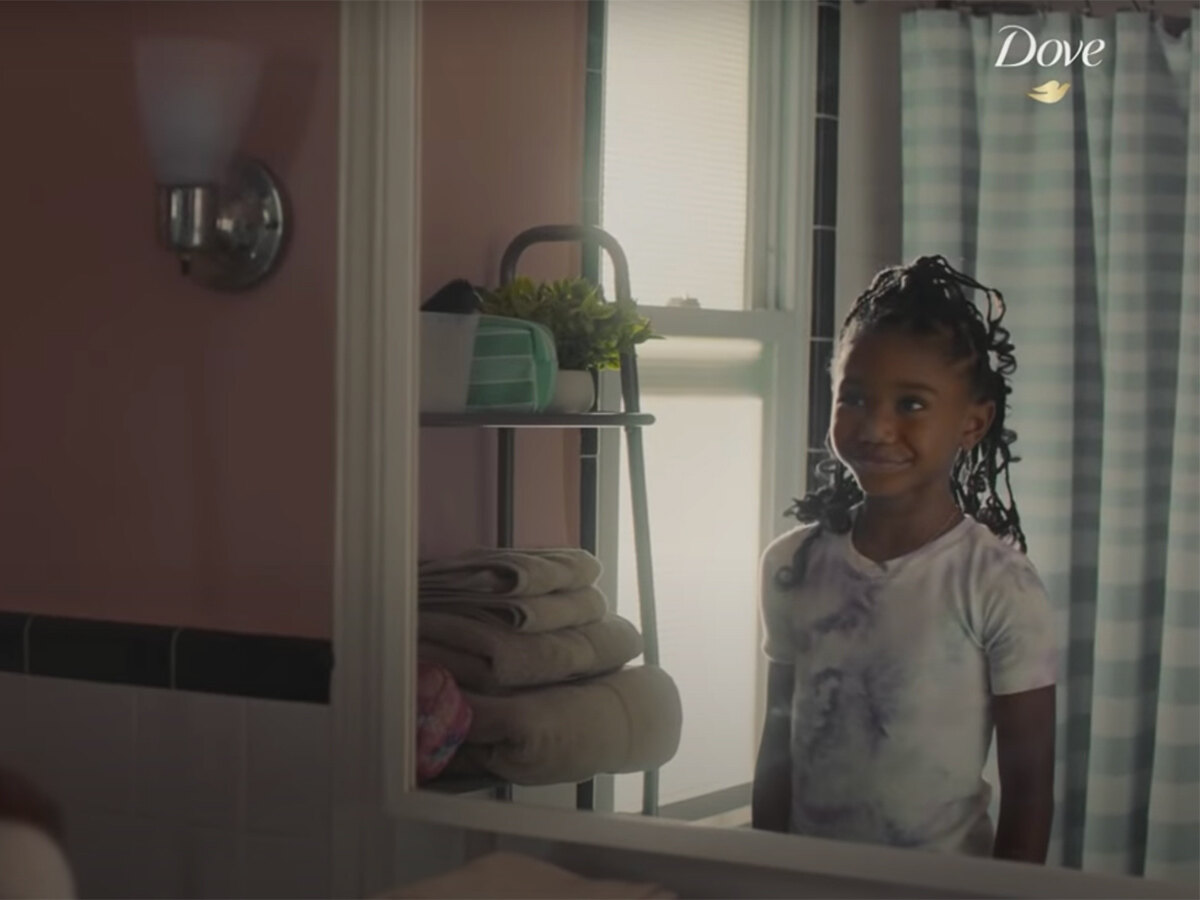I always love to say, ‘brands shape society and culture in ways other organisations only wish they could’ because I wholly believe that is accurate. As a marketing leading brand, or even a challenger start up, you have the chance to impact, alter and really bring about change to your sector, and the society around you.
I’ve seen lots of brands over the years commit to making a difference in their sector, be that by becoming more sustainable, ensuring they represent true diversity or perhaps just committing to CSR objectives that relate to their business field. You see a lot of brands making large promises to their consumers but what I always find interesting is to the extent in which they keep up with those commitments and how much they listen to their target consumer too.
In my view, and from the brands we’ve worked with at Imagen Insights, there is a real power in using insights to form marketing strategies that resonate authentically with customers, and this is especially important when your brand wants to market to Gen Z in particular. Gen Z are the first digitally native generation with access to almost everything and everyone. They are set to have a spending power of 4.4 trillion dollars by 2030 and so for brands who want to drive loyalty amongst this age cohort — listening to them is key.
Involve your target consumer in the conversation
By truly involving your target consumer in the grassroots conversations, you help your brand to bypass the risk of getting it wrong – and this way your brand can really make a difference. There are some great examples of brands who do really well in listening to their customer bases — one I particularly like is Dove.
A recent campaign by the Unilever brand, Dove, forged on data, found 1 in 4 of Black adults have been sent home from work or faced disciplinary action as a result of wearing their hair in a natural or protective style. They used this insight to inform their marketing campaigns, charitable partnerships and wider mission through their ongoing Dove Self-Esteem Project.
Their My Hair, My Crown resource is a two-hour session for educators, parents and mentors to boost hair confidence in kids with coils, curls, waves and protective styles — and to build allyship in others to create a respectful and open world for natural hair. They listened to an issue which was flagged by insight and then found a solution they could provide as a brand truly involving their audience. Since launch, the PR around their work to end hair discrimination has been vast.
There are brands however, who have launched advertising and marketing campaigns and got them wrong by not leading with insight or listening to their consumers, but instead crafting with little to no insight behind them. It can happen to all types of organisations too — if their projects do not live up to consumer expectations.
On the opposite end of the scale, earlier this month banking giants Halifax were criticised for their unrealistic portrayal of Goole Town in a new ad campaign. Residents were upset that the short film displayed the town as thriving when in reality Goole, like many other towns, is struggling. One local was quoted in a BBC article saying, ‘If they were looking for that positive angle they could have found it in Goole – they didn’t have to fake it. Goole is struggling like a lot of towns are struggling, especially after the pandemic, [but] it’s a great place in a beautiful part of the country and it has a lot of potential.’
Simply testing the ad with locals to sense check whether the portrayal of their town would have been well received could have avoided the criticism and given the locals a sense of involvement and affinity to the banking brand!
Those are just two simple examples of how the use, or lack of, insight can have a huge impact on how marketing is received by consumers.
What’s my biggest piece of advice for brands wanting to make a difference? Involve your consumers in everything you do!
Featured image: As Early As Five / Dove

